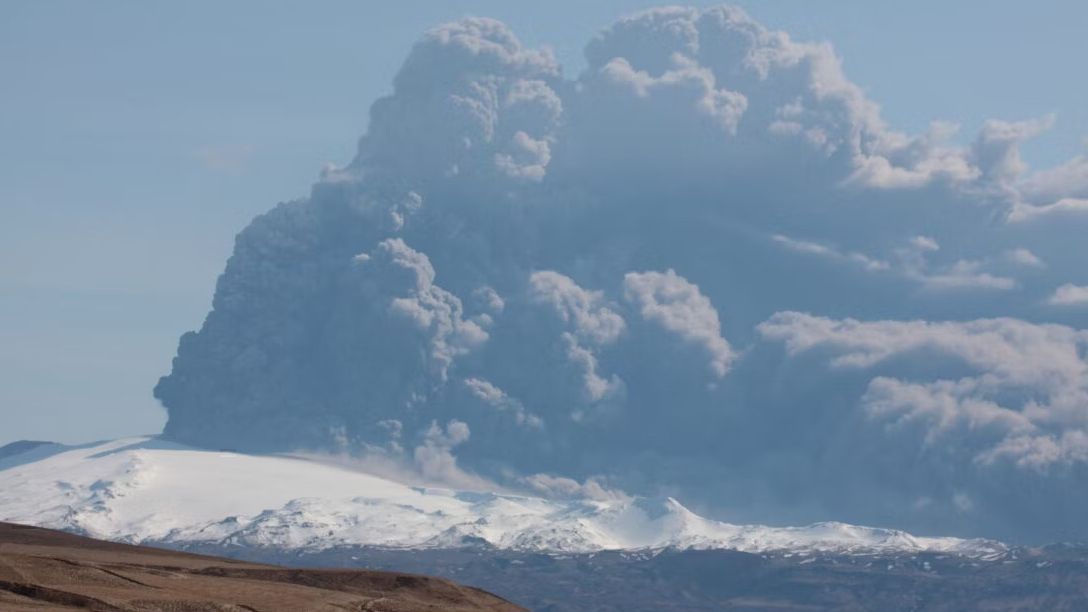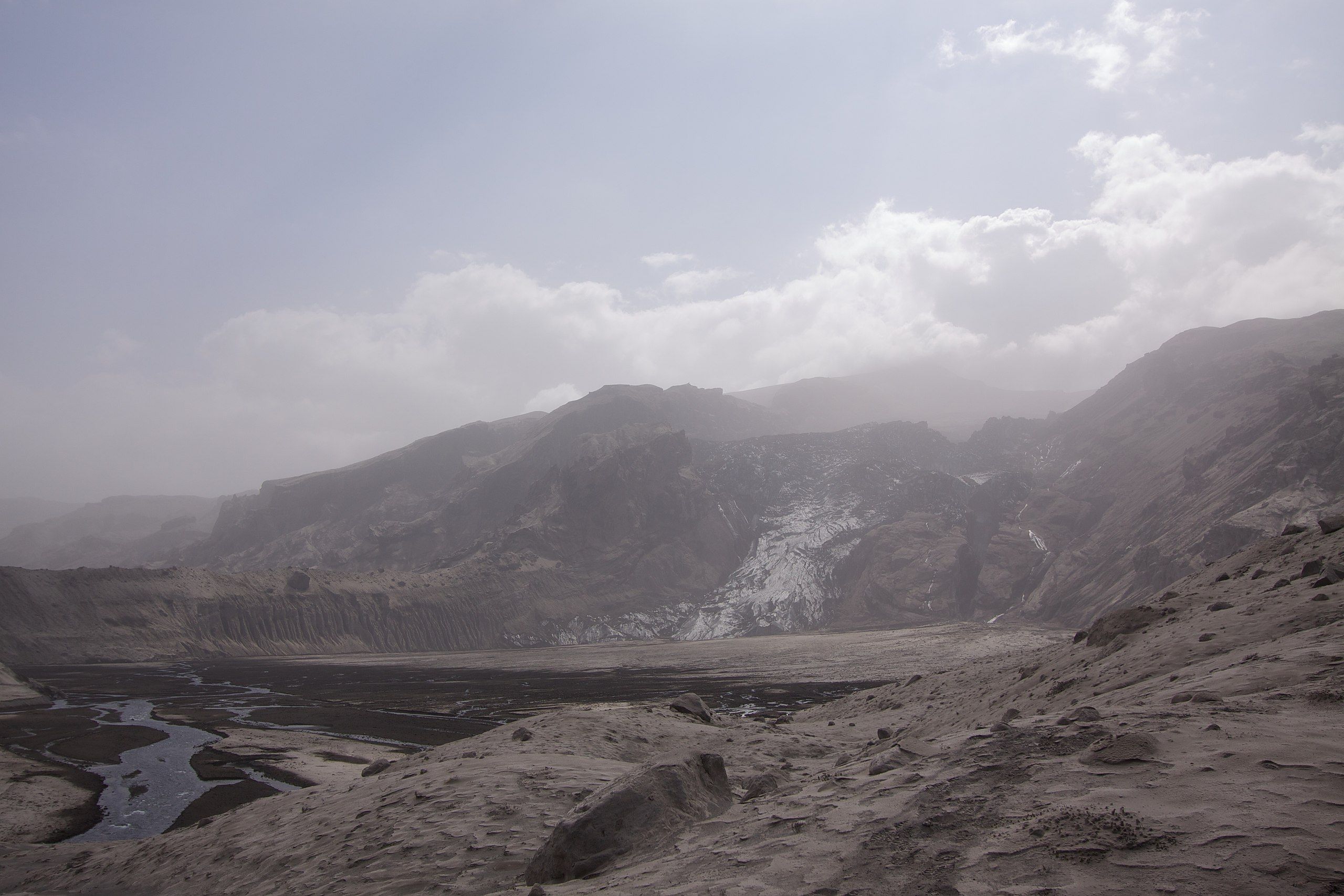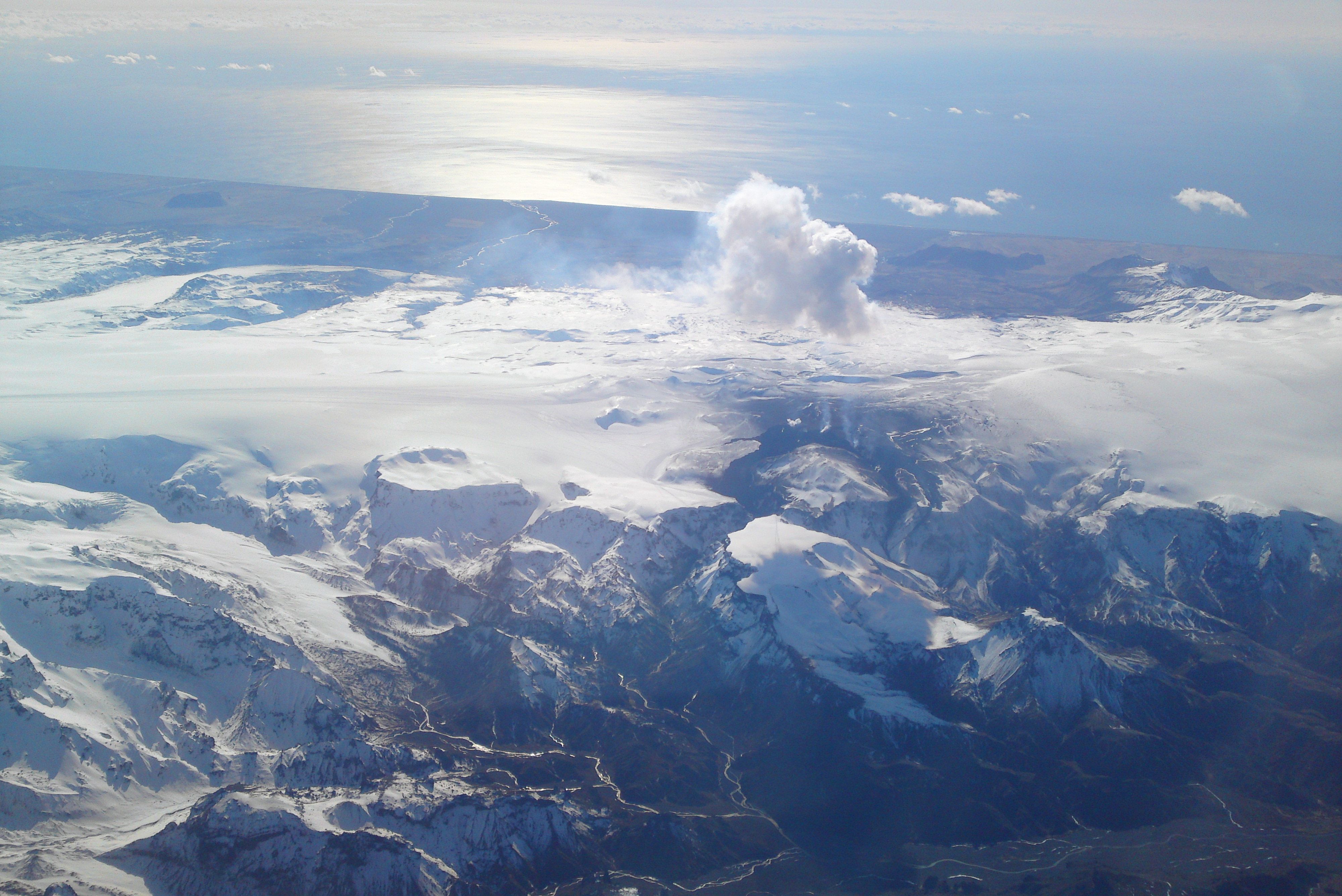Summary
- Experts warn of a potential volcanic eruption in Iceland, which could halt European and transatlantic aviation.
- No volcanic activity has been reported yet, but frequent earthquakes and magma buildup raise concerns.
- Past eruptions led to flight cancelations for two weeks and incurred losses of over $3 billion, posing financial risks for airlines.
Experts in Iceland are warning of a new volcanic eruption, which could potentially bring European and transatlantic aviation grinding to a halt. As of 12 November 2023, Icelandic authorities have evacuated the small fishing village of Grindavik, which is home to roughly 3,400 residents.
While no volcanic activity has yet been reported, the area remains on high alert amid multiple earthquakes that have occurred recently within the area. If a volcanic event were to occur similar to the 2010 eruption of the Icelandic volcano Eyjafjallajökull, thousands of flights could be canceled, and transportation in European airspace could be completely closed off.
What do we know so far?
Over the past two weeks, frequent earthquakes have hit Iceland’s southwest, and a large underground buildup of magma (molten volcanic rock) has begun to form under the Reykjanes peninsula, which sits roughly 35 miles south of the nation’s capital, Reykjavík. As of now, no volcanic activity has occurred, but the nation’s meteorological authorities fear that the magma may soon make its way to the ocean.
Fearing an eruption should the magma make contact with the water or erupt through a different volcanic channel, authorities made the difficult decision to evacuate the area. Furthermore, Iceland raised its aviation alert level to orange, signaling that an eruption could be imminent.
The nation’s Meteorological Office remains uncertain about the matter. In a public statement, a representative from the organization expressed his concerns over an eruption happening within the coming days using the following words:
“At this stage, it is not possible to determine exactly whether and where magma might reach the surface.”
In the event that a volcanic eruption occurs, ash would likely be spewed thousands of meters into the air and could be carried over mainland Europe by winds. A high level of volcanic material in the air leads to jet engine failures, reduced visibility, and critically damaged flight systems.
How could this affect the commercial aviation industry?
Commercial airlines should be prepared for the worst, as an airspace closure could lead to flight cancelations for a significant length of time. In 2010, the eruption of Eyjafjallajökull led many carriers to shut down operations in European airspace for nearly two weeks, severely impacting airline bottom lines.
According to most estimates, the 2010 eruption caused European airlines to incur losses totaling over $3 billion. In today’s economic conditions, that could prove enough to send some carriers into an unbreakable financial spiral.
American carriers may also have cause to be concerned as well, as transatlantic routes represent some of the carrier’s most lucrative. With the busy Thanksgiving holiday coming up in just a week, many business travelers and students studying abroad will be heading home for the weekend. With traffic to Europe halted by a volcanic eruption, some legacy carriers could be at risk of incurring a serious financial loss.
Source: CityNews Everywhere





